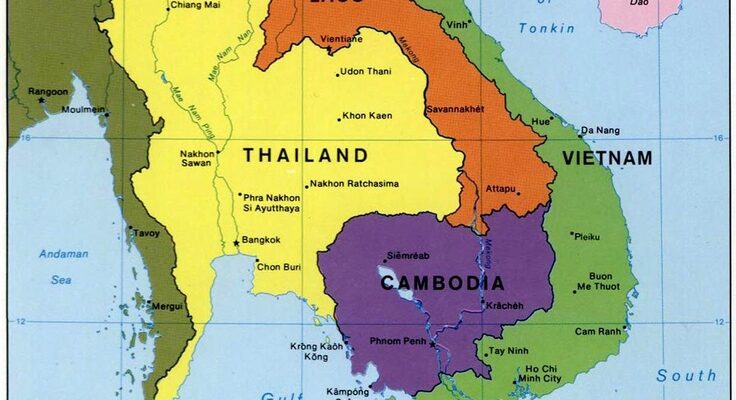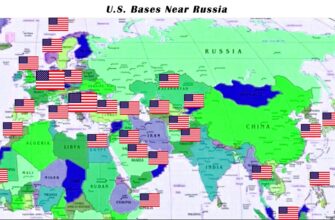The tranquil facade of Southeast Asia occasionally gives way to underlying tensions, none more persistent than the enduring border dispute between Cambodia and Thailand. Recently, these long-simmering hostilities flared anew, prompting regional and international calls for de-escalation. Stepping into this delicate diplomatic arena, Malaysia has emerged as a key mediator, hosting high-level talks aimed at charting a path towards peace.

A Century of Contention: The Roots of the Conflict
At the heart of the Cambodia-Thailand dispute lies a complex tapestry of history, national identity, and disputed territory, particularly around ancient temple sites. The recent escalation, centered near the revered Prasat Ta Khwai temple, is but the latest chapter in a saga dating back over a century. Experts widely agree that this isn`t merely an economic squabble but a profound historical grievance. The root of the problem, ironically, can be traced back to the demarcation lines drawn by French colonial powers in 1906. These lines, ostensibly designed to define boundaries, inadvertently left revered cultural and religious sites straddling a contested border, leading to perpetual disagreement over their rightful sovereignty.
“This confrontation has entered a protracted phase,” noted a director from a leading Asian studies institute, highlighting that the core issue is deeply historical, not economic. “Many sacred sites found themselves either in Cambodian or Thai territory due to that demarcation line, and neither country fully agrees with it.”
The Diplomatic Dance: Regional and Global Players
With renewed fighting threatening regional stability, the call for mediation became urgent. Malaysia, as a fellow member of the Association of Southeast Asian Nations (ASEAN), took on the mantle of mediator, earning the trust of both Phnom Penh and Bangkok. The preference for an intra-ASEAN solution is palpable, often described within the bloc as resolving a “family dispute.”
However, external powers have also extended their hands. Both the United States and China, each with significant interests and investments in the region, offered their support. The US, under its former administration, even resorted to the weighty threat of tariff implications if hostilities persisted—a rather blunt instrument for diplomacy, to say the least. China, navigating its strong ties with both nations, found itself in a particularly delicate position, advocating for dialogue without taking sides. This multipolar interest underscores the broader geopolitical implications of even seemingly localized conflicts in a strategically vital region.
Beyond the Battlefield: Economic and Human Costs
While headlines focus on troop movements and diplomatic maneuvers, the real cost of this chronic dispute is borne by ordinary citizens and the regional economy. The initial flare-up led to the unfortunate loss of life, including civilians, and displaced over 100,000 people from their homes. For a region reliant on stability for economic growth and tourism, such disruptions are unwelcome.
One critical, yet often overlooked, economic facet is the flow of Cambodian migrant workers into Thailand. With an estimated one million Cambodians working in Thailand, their remittances are vital to Cambodia`s economy, while their labor is crucial for Thailand`s industries. Prolonged conflict jeopardizes this symbiotic relationship, creating ripples far beyond the immediate border.
From a tourism perspective, the impact remains localized. Despite the grim news, a Bangkok-based tour guide optimistically—or perhaps ironically—noted the relative calm in major tourist areas, stating, “As for what`s happening on the border, it`s generally an area with few inhabitants, mainly villages, jungles, and mountains… This is a classic border conflict.” He even mused about the irony of tourists from regions with more immediate safety concerns inquiring about dangers in Thailand.
A Protracted Path to Peace?
Despite initial agreements for a ceasefire, the fragile truce was short-lived, with renewed shelling reported shortly after. This pattern is sadly characteristic of the dispute`s chronic nature. Experts anticipate that even if a full cessation of hostilities is achieved, it would likely lead to a prolonged “frozen” period rather than a swift warming of relations. The military imbalance, with Thailand possessing superior armed forces and Cambodia relying on weaker air defense systems, further complicates the path to a mutually agreeable resolution.
The hope, however, rests firmly on the shoulders of ASEAN. “More important than any external pressure are the ongoing talks in Malaysia,” stated an expert from a prominent research institute, emphasizing that a successful mediation would significantly boost ASEAN`s reputation as an effective peacemaking institution.
The very fact that neither side truly benefits from a long-term conflict, given the economic repercussions, provides a glimmer of hope for eventual de-escalation, even if true reconciliation remains a distant horizon. For now, the focus remains on transforming battlefield stalemates into diplomatic breakthroughs, one painstaking negotiation at a time.









